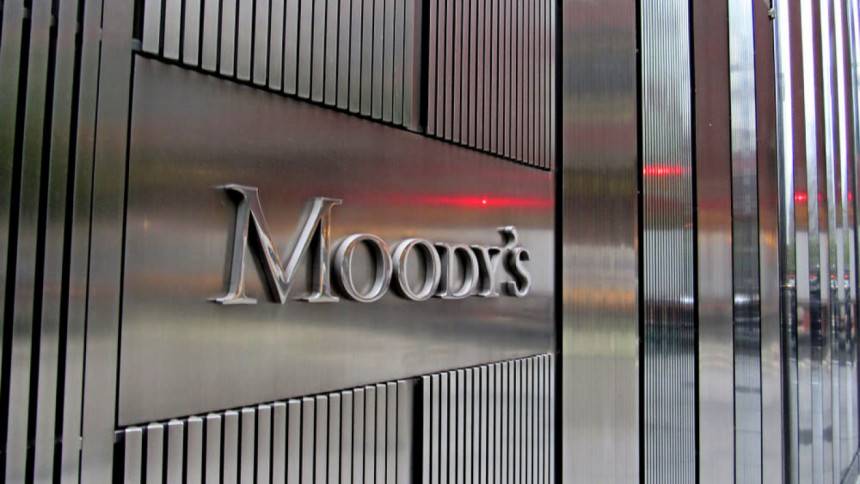Moody’s places Bangladesh’s ratings under review
GBNEWS24DESK//
Major global rating agency Moody’s has placed Bangladesh’s long-held credit rating of Ba3 on review for downgrade, in a development that stands to make the country’s foreign transactions and lending tougher.
“The decision to place the ratings on review for downgrade is driven by Moody’s assessment that Bangladesh’s deteriorating external position raises vulnerability and government liquidity risks in a way that may not be consistent with its current rating,” it said in an update on Friday.
On December 6, a rating committee was called to discuss Bangladesh’s institutions and governance strength and fiscal or financial strength, including its debt profile, all of which have “materially decreased”.
Bangladesh’s “rapidly” declining foreign exchange reserves adequacy, acute energy crisis and dollar liquidity shortage have raised concerns about the government’s ability to service external debt payments.
“The inability of the government to arrest the deterioration of reserves despite the taka’s devaluation and implementation of unorthodox policy measures highlights the severity of the situation.”
The widening current account deficit due to unfavourable terms of trade as well as the Bangladesh Bank’s attempt to defend the taka has eroded foreign exchange reserves by around $11 billion in the last 12 months, it said.
Although reserves remain at relatively high levels, the import coverage ratio has declined significantly.
As of November 2022, foreign exchange reserves (excluding gold and SDRs) fell to $30 billion or around four months of imports from eight months in January 2021 — despite import restrictions and energy rationing, Moody’s said in its assessment.
While the devaluation of the taka will ease balance of payments pressures in the medium-term, as will an expected rebound in remittances, Moody’s assesses that the import coverage ratio will continue to weaken towards three months of imports, while the current account will remain wide (around 4 percent) over the next few years.
“Risks to reserves adequacy are heightened by uncertainties around the composition of reserves.”
The central bank currently includes assets from the Export Development Fund, swap lines with the government of Sri Lanka and “other assets with questionable liquidity” as part of its official reserves.
“In Moody’s view, reserves adequacy will be materially weaker if these assets do not meet liquidity requirements.”
Although Bangladesh has “modest debt payments due to the concessional nature of its external debt with long maturities”, weak debt affordability — with interest payments absorbing a widening share of the government’s narrow revenue base — poses further risks.
Bangladesh’s longstanding weak fiscal revenues and rising energy costs complicate the government’s immediate policy choices, with increasing subsidy costs putting pressure on the government’s fiscal metrics.
Moody’s expects the fiscal deficit to remain wide, around 5-5.5 percent of GDP over the next few years, increasing the debt burden to above 40 percent of GDP.



Comments are closed.